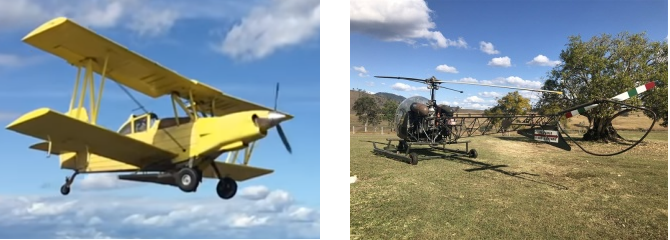


Modern Computers & Old Airplanes
Is there such a thing qas a typical, standard, working plane? It's not unusual for a work-horse commercial aircraft to be as much as 60 or 70 years old on paper. Every registered aircraft exists because of its Manufacturer's Data Plate and its "Technical Record". If either is lost or destroyed, the remaining bits are reduced to scrap value.
Your average working airplane may have a "state-of-the-art" turbine powerplant, space-age avionics, custom-made carbon-fibre doors, wing-tips and cargo pods, and so on. Each piece will have its own Manufacturer's Data Plate and its "Technical Record". It's unlikely that these separate components will be in any centralized computer format. The newest Boeing and Airbus airliners arrive from the factory with their own mainframe computers, but this isn't so with the rest of the world's planes. These have been assembled by engineers with documented and certified components. The basic airframe can easily be 50 years old or more - older than accessible computers that could be used for tracking maintenance. But the rest of the flying machine is certified piece by piece - nearly always with a paper record.
Then there's the challenge of the hardware used to record everything! Just think of floppy discs and tape drives! Not only is the old computer hardware of 50 years ago a terrible platform for today's operations, it's also a fact that computer languages are nothing like they were 50 years ago! Or even 20 years ago. It's impossible to find COBOL or ADA programmers these days to maintain old software.
It's quite likely that the planes being used today will still be in service 50 years in the future. It's simply not possible to predict what will be used to track aircraft maintenance in the future. In a nutshell, this is why aircraft maintainers stick with paper logbooks. They work anywhere in the world, even without electricity. They never break down. They're timeless - and always will be!


